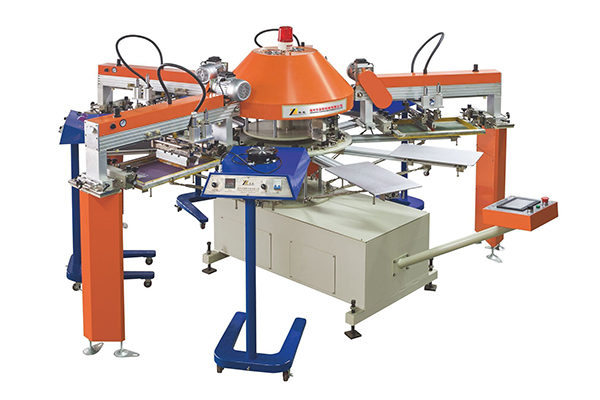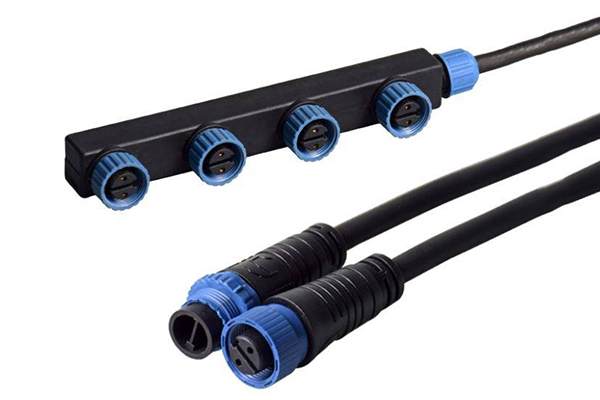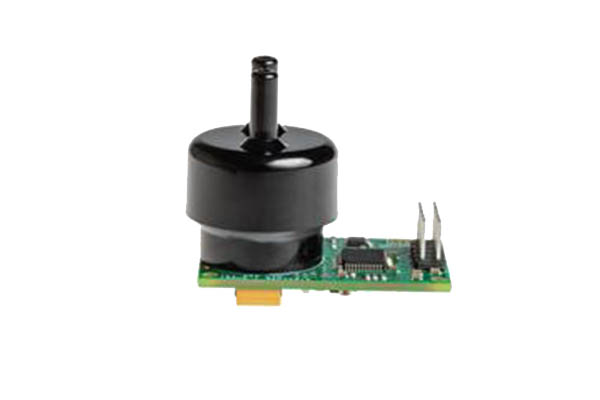Clothing wholesalers play a crucial role in the fashion industry, supplying retailers with a wide range of apparel products. To meet the demand for high-quality, stylish garments, it is essential for wholesalers to have the right printing tools at their disposal. In this post, we will take a closer look at the different types of printing commonly used in the clothing industry and the essential tools and equipment needed to get the job done.
Types of Printing Commonly Used in the Clothing Industry
There are several printing techniques that are widely used in the clothing industry, including:
- Screen printing: This is a popular printing method that involves pressing ink through a fine mesh screen onto the fabric.
- Digital printing: This printing method uses advanced printing technology to transfer digital images directly onto the fabric.
- Heat transfer printing: This method involves printing an image onto transfer paper, which is then pressed onto the fabric using a heat press.
- Sublimation printing: This printing method involves using special ink and a heat press to transfer an image onto polyester or other synthetic fabrics.
- Embroidery: This method involves using a machine to stitch a design onto the fabric using thread.
Essential Printing Tools for Clothing Wholesalers
Regardless of the printing method being used, there are certain tools and equipment that are essential for clothing wholesalers to have on hand. Here are some of the must-have tools for each of the printing methods listed above:
Screen Printing
- Screens: These are fine mesh screens that are coated with a light-sensitive emulsion.
- Inks: Quality screen printing inks are essential for producing high-quality prints.
- Squeegees: These are used to press the ink through the screen and onto the fabric.
- Emulsion and sensitizer: These are used to coat the screen with the light-sensitive emulsion.
- Exposure unit: This is used to expose the screen to light, hardening the emulsion and creating a stencil.
- Screen drying cabinet: This is used to dry the screens after they have been washed.
Digital Printing
- Printer: A high-quality digital printer is essential for producing crisp, clear prints.
- Inkjet or dye-sublimation ink: The type of ink used will depend on the printer and the fabric being printed on.
- Heat press or calendar: This is used to transfer the printed image onto the fabric.
Heat Transfer Printing
- Heat press: This is used to press the transfer paper onto the fabric, transferring the image onto the fabric.
- Transfer paper: This is specially coated paper that is printed on and then pressed onto the fabric using a heat press.
- Teflon sheet: This is used to protect the heat press and prevent the transfer paper from sticking.
Sublimation Printing
- Printer: A sublimation printer is needed to print the image onto special transfer paper.
- Sublimation ink: This ink is designed specifically for use in sublimation printing.
- Heat press: This is used to transfer the printed image onto the fabric.
Embroidery
- Embroidery machine: This is the main tool used for embroidery, and it can come in a variety of sizes and capabilities.
- Embroidery software: This is used to design and digitize the embroidery patterns.
- Embroidery hoops: These are used to hold the fabric in place while it is being embroidered.
- Embroidery needles: These are special needles that are used in embroidery machines to stitch the design onto the fabric.
- Embroidery thread: This is the thread that is used in the embroidery machine to create the design.
Additional Printing Tools and Equipment
In addition to the essential tools and equipment mentioned above, there are a few additional items that can help streamline the printing process for clothing wholesalers. These include:
- Garment racks and drying racks: These are used to hang and store garments during the printing process and as they dry.
- Pre-treatment spray: This is used to prepare the fabric for printing, helping the ink to adhere better.
- Hix heat press: This is a specialized heat press that is designed for use in the printing industry.
- Pallet adhesive: This is used to secure the garment to the printing pallet, helping to ensure accurate printing.
- Rotary cutter: This is a tool that is used to cut fabric accurately and efficiently.
Conclusion
In conclusion, the clothing industry relies on a variety of printing techniques to produce high-quality garments. Clothing wholesalers need to have the right tools and equipment on hand to ensure that they can meet the demand for stylish, well-made apparel. From screen printing and digital printing to heat transfer printing and embroidery, there are many options to choose from, and the right tools and equipment can make all the difference in the success of a wholesale business.


